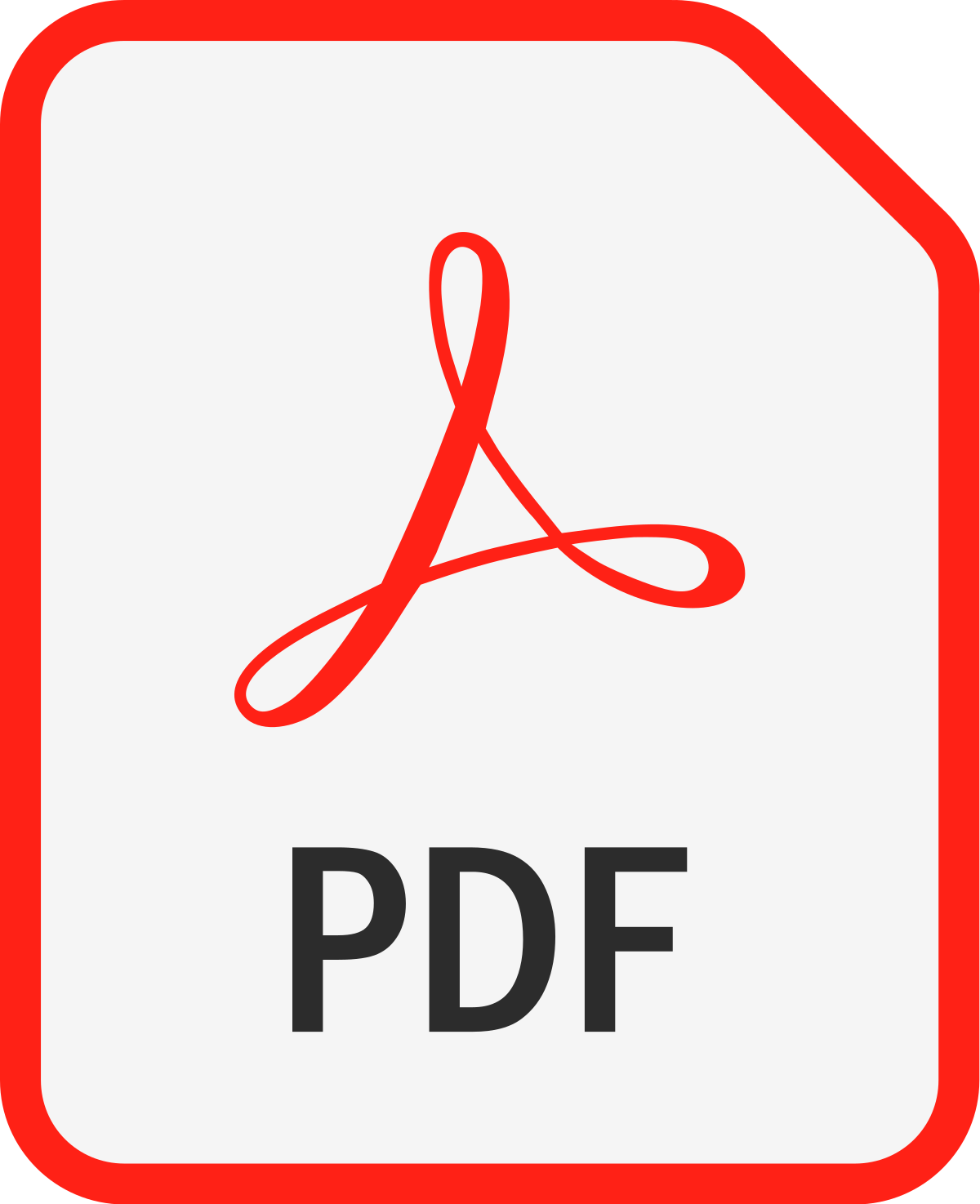Home > CSC-OpenAccess Library > Manuscript Information
EXPLORE PUBLICATIONS BY COUNTRIES |
 |
| EUROPE | |
| MIDDLE EAST | |
| ASIA | |
| AFRICA | |
| ............................. | |
| United States of America | |
| United Kingdom | |
| Canada | |
| Australia | |
| Italy | |
| France | |
| Brazil | |
| Germany | |
| Malaysia | |
| Turkey | |
| China | |
| Taiwan | |
| Japan | |
| Saudi Arabia | |
| Jordan | |
| Egypt | |
| United Arab Emirates | |
| India | |
| Nigeria | |
Autonomous DevSecOps: The Rise of Self-Healing Pipelines
Ramesh Krishna Mahimalur
Pages - 66 - 83 | Revised - 30-04-2025 | Published - 01-06-2025
MORE INFORMATION
KEYWORDS
DevSecOps, Self-Healing Pipelines, Chaos Engineering, Security Automation, AWS,
Continuous Integration, Continuous Deployment, Remediation Automation.
ABSTRACT
This article introduces the concept of Autonomous DevSecOps with Self-Healing Pipelines,
representing a paradigm shift in software security integration by combining chaos engineering
principles with security operations to create resilient, secure, and self-remediating development
pipelines. Through implementing the detailed ChaosSecOps methodology, organizations can
architect, implement, and maintain these pipelines using AWS services and modern DevOps
tools, as evidenced by a real-world financial technology platform case study that demonstrated
remarkable improvements: an 83% reduction in mean time to recovery, 71% decrease in security
incident response times, and successful regulatory compliance while establishing a new standard
for operational excellence in secure software delivery—all while providing comprehensive
implementation guidance, addressing common challenges with practical mitigations, and
exploring future trends including AI integration, cross-pipeline intelligence, and enhanced human-
AI collaboration in security operations.
| AWS. (2023). AWS Security Hub Documentation. https://docs.aws.amazon.com/securityhub/ | |
| Cois, C. A. (2022). Measuring DevSecOps: Metrics for Pipeline Security. O'Reilly Media. | |
| Forsgren, N., Humble, J., & Kim, G. (2018). Accelerate: The Science of Lean Software and DevOps. IT Revolution Press. | |
| Humble, J., & Farley, D. (2010). Continuous Delivery: Reliable Software Releases through Build, Test, and Deployment Automation. Addison-Wesley. | |
| Kim, G., Debois, P., Willis, J., & Humble, J. (2016). The DevOps Handbook. IT Revolution Press. | |
| Loukides, M. (2023). Chaos Engineering: System Resiliency in Practice. O'Reilly Media. | |
| Mahimalur, R. K. (2025a). The Ephemeral DevOps Pipeline: Building for Self-Destruction (a ChaosSecOps Approach). SSRN Electronic Journal. https://doi.org/10.2139/ssrn.5167350 | |
| Mahimalur, R. K. (2025b). Immutable Secrets Management: A Zero-Trust Approach to Sensitive Data in Containers. SSRN Electronic Journal. https://doi.org/10.2139/ssrn.5169091 | |
| Mahimalur, R. K. (2025c). ChaosSecOps: Forging Resilient and Secure Systems Through Controlled Chaos. SSRN Electronic Journal. https://doi.org/10.2139/ssrn.5164225 | |
| NIST. (2023). NIST Cybersecurity Framework 2.0. https://www.nist.gov/cyberframework | |
| OWASP. (2023). OWASP Top Ten Project. https://owasp.org/www-project-top-ten/ | |
| Rinehart, A., & Shortridge, A. K. (2021). Chaos Engineering: System Resiliency in Practice. O'Reilly Media. | |
| Russo, M., & Russo, R. (2021). Modern DevSecOps Practices. Manning Publications. | |
| The Docker Team. (2022). Docker Security Best Practices. https://docs.docker.com/security/ | |
| Viega, J., & McGraw, G. (2022). Building Secure Software: A Comprehensive Guide to Secure Programming. Addison-Wesley. | |
| Winn, M. (2023). Machine Learning for Cybersecurity: A Comprehensive Review. Journal of Information Security, 14(2), 78-93. | |
| Zalewski, M. (2023). The Tangled Web: A Guide to Securing Modern Web Applications (2nd ed.). No Starch Press. | |
Mr. Ramesh Krishna Mahimalur
Elkridge, MD 21075 - United States of America
ramesh.admn@gmail.com
|
|
|
|
| View all special issues >> | |
|
|



